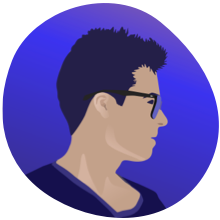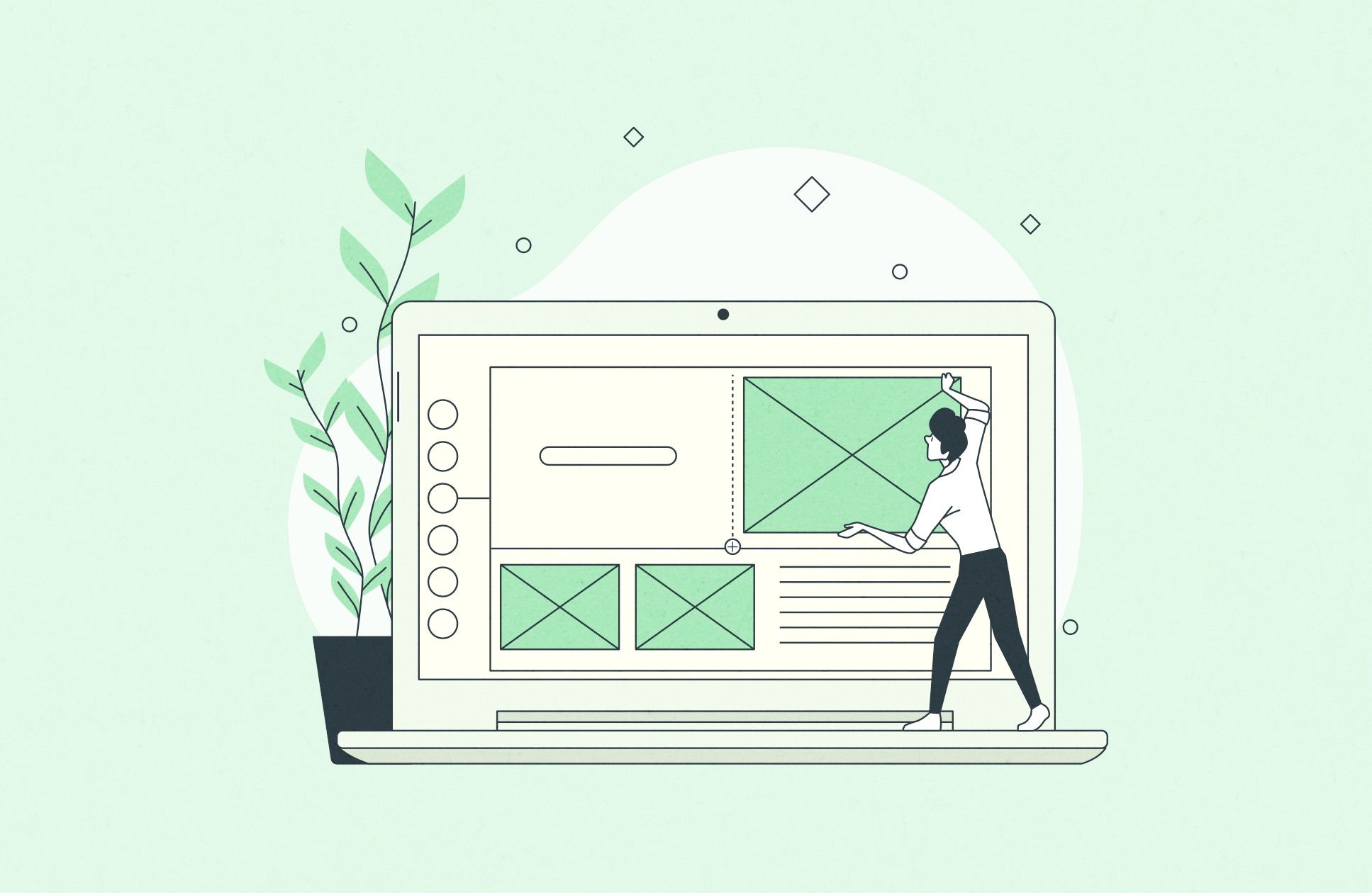What You Need To Know About UX Design


Sometimes people have doubts about user experience design, and often it's because of a lack of knowledge about this design area. In this article, I'll highlight the most common facts about UX design to give you a basic understanding of what it is and why we need it.
User Experience — is about people's experiences when interacting with a specific interface, a process, or a group of processes (system). This can range from a specific artifact, such as a cup, toy, or website, to larger, integrated experiences such as a museum or an airport if we talk about the physical world.
In this article, we'll talk more about UX design in a digital environment. I mean websites, web applications, mobile apps, etc.
Basically, we have several channels of interactions in our life:
- Visual;
- Tactile;
- Sound;
- Smell;
- Space awareness.
In the digital environment, we only can cover visual and sound channels. Thus, one of the main purposes of UX and UI design is to do best what we can by using those channels.
Ideal User Experience Consists Of
- User needs;
- Business goals;
- Technical requirements;
- Small and simple steps of interaction;
- Tasks that it's easy to perform for users;
- Motivation and reward mechanisms;
- Walkthroughs and onboarding user flows if necessary.
These are the main starting points that we need to develop a user experience.
To go deeper in this field, we need to make clear the creation process of UX design. Most designers often start by creating wireframes, but sometimes the whole process starts from brainstorming and handwriting quick sketches and ideas.
Of course, there are many ways to create a user experience, but here is a little blueprint that might be helpful if you don't know where to start.
UX Design Process
1. Strategy
Firstly, we need to identify what do we want to achieve with this project (product)? And not less importantly, what do our users want to get out of it?
On one side, we can discuss business plans and desirable financial outcomes. However, we usually create something not only for ourselves but for other people especially, if we aim to create a source of revenue from our project.
It's super helpful to list all user needs possible before going on to the next stages of this design process.
2. Scope
Usually, at this stage, we work on the document that is called "Scope of work." We start from the basics: "Why are we creating this product?" and continue with statements of what we will make as a result. We can describe the functions and content requirements, set priorities and estimations, write about optimized ways to accomplish those tasks.
3. Structure
Here we work on two things:
Interaction design - this is all about how people behave, think, and interact with the interface. It's also about using conventions, preventing errors, and so on.
Information architecture - organization, grouping, ordering, and presentation of content. We usually work here with different types of structures, organizing principles, language, and metadata. Thoughtful work on all these aspects makes a huge impact on a content area in our product.
4. Wireframes
At this stage, we also can separate work on two areas. We think about the product as functionality and information. As a result, we have a skeleton of all our application or website screens with strong navigation at all levels of interaction. And the representation of information in the way so that people can understand and use it.
Ideal UX Team
- Usability specialist — ease of use.
- Information designer — intuitiveness.
- Information architect — structure.
- Visual designer — visual aesthetic.
- Interaction designer — visual aesthetic.
- Content specialist — information design and content management.
- UX lead — creates conditions for successful collaboration.
Solo UX designer
Ideally, we can involve the whole UX team as in the list above to create a truly immersive and pleasant experience. But what if you don't have a big budget and time to hire a complete team and come up with a correct solution from the UX and other perspectives?
In that case, you can find a solo UX designer who can think in different categories and cover the most important parts of the job.
If you order a designer vs. team, probably, you'll not get 100% accurate documentation with deep research of your target audience and business niche, but you can get a lean information architecture that's good enough. As well as interaction design, complete flows and visual look as a full-stack work delivered to you from one design contractor.
Usually, that's enough for startups, and you can evolve from this minimum viable version and do any updates after the launch.
"Create a working version of a product, launch, get feedback and refine the solution" — commonly heard in startup communities.
UX Design Process (example)
Design principles can play a crucial part. You can achieve poor results or zero if you don't have any principles and do things randomly.
For example, I usually follow this simple formula:
"Design principles = Business goals + User needs".
A solo UX designer has three main stages:
- Generate ideas and create a version of design;
- Refine ideas (iterating);
- Documenting the journey and delivering the result.
Of course, these stages include business needs, user needs, and many other aspects, but the level of immersion and development in this work depends on the project's budget and time-locked on the UX design phase.
How much is it cost to hire a professional UX designer?
Honestly, it's always a million-dollar question. It's hard to say any numbers at the very beginning, and usually, it requires time to discover the project, its market, and the value we can create with our work for this project. That's a short version.
It's always helpful to know what you are planning to invest in the User eXperience design, how success looks like for this project. How will your project be helpful to your customers? ...and many more questions that unfold during the discovery stage.
However, if you are new to all these processes and need to know the approximate amount of investments in UX design, you can see some statistics below.
It will give you a basic understanding of what to expect financially when you hire a UX designer in your business.
- Intern: $30,000+ or $30 per hour
- Junior: $55,000+ or $55 per hour
- Mid level: $90,000+ or $90 per hour
- Senior: $130,000+ or $130 per hour
- Superstar / Manager / Director: $150,000+ or $150 per hour
How UX design can reduce your future expenses?
It's best to understand that you're going to invest in your project and potentially get ROI (return of your investment).
When you hire a UX designer, you invest in the future success of your product.
Well-thought design solutions prevent you from expenses on many future re-designs. Also, it prevents you from spending too much on development, and the whole project can be easily less time-consuming.
Graphic design and other visual aspects are not less important, but UX designer is fundamental, and focusing too much on the visual appearance can be misleading.
It's best to focus on and implement the most fundamental part of your project or a part of the project and switch to other ideas later if necessary.
UX design is a fundamental part and even if it looks elementary in most cases is simply unnoticeable by your customers. Unless it's a specific creative community and you really depend on a graphics-rich solution. However, if it's mostly about problem-solving, then focusing on User eXperience is your best bet.